Cool Your Cookies Experiments
Have your science and eat it too! Turn your kitchen into an edible science lab while exploring the thermal conductivity of baking surfaces with cookie dough.
Cool Your Cookies ExperimentsMaterials
- Your favorite cookie dough
- Varying oven-safe baking surfaces such as: aluminum baking sheet, insulated baking sheet, ceramic baking stone, and silicone baking mat.
Instructions
-
1
Preheat oven to 350°F
-
2
Label each baking surface test so you don’t mix tests up.
-
3
Create cookie dough slices or balls that are exactly the same weight and size.
-
4
Starting with your first baking surface, place two pieces of cookie dough on the sheet and place in oven.
-
5
Bake for 12 minutes (10 if your oven runs hot) until the edges just start to turn golden brown.
-
6
Remove cookies to a cooling rack.
-
7
Repeat with the remaining baking surfaces one at a time and always use the exact amount of time as you did with the first test. Store cookie dough in the refrigerator in between tests.
Scientific musings
Once all of the baking surfaces are tested and the cookies are cooled, line the cookies up to compare your results. Observe the tops and bottoms of each cookie and record your observations:
- Which surface conducted the most heat and browned the bottoms of the cookies the most?
- Which one had the most even heating presenting a perfectly colored cookie on both top and bottom?
- Did the thermal conductivity of the baking surfaces cause cookies to flatten or rise more than the others?
Further exploration
Once your observations are noted, devour your experiment!
Further explorationDancing raisins
Study the relationship between buoyancy and density with foods found in your kitchen!
Dancing raisinsMaterials
- A tall glass
- Carbonated water, such as club soda
- Raisins
Instructions
-
1
Fill the glass with the carbonated water.
-
2
Drop 5 to 10 raisins into the water and watch the raisins “dance.”
Scientific Musings
How does it work? Well, tiny bubbles of gas inside the carbonated water are latching onto the raisins, changing the density of the raisins and making them float. When the raisins reach the surface, the bubbles pop making the raisins heavy again, causing them to sink.
Scientific MusingsFurther Exploration
What other foods or small objects found in your kitchen will dance? Why or why not? Try experimenting with objects of different weights such as small marshmallows, seeds, toothpicks, and nuts.
Further ExplorationInvisible ink
Did you know, scientists are sometimes super secret agents and as agents they must have a way to deliver secret notes? Have some fun in the kitchen while exploring the formula for homemade invisible ink and the basic properties of acidity.
Invisible inkMaterials
- 1 lemon or lime
- Paper
- Paintbrushes
- Iron, hair dryer, or light bulb
Instructions
-
1
Slice the lemon in half and squeeze the juice into a container.
-
2
Use a paintbrush dipped in the juice to write a message onto the paper and allow to dry.
-
3
Once dry, have an adult iron the paper until the message appears. You can also use a hairdryer to make the message appear by blowing hot air on the paper, or simply hold the paper up to a light bulb to reveal the message instantly.
Scientific Musings
Why does this work? Lemon juice is acidic and acidity breaks materials down. When the lemon juice touches the paper, it weakens the paper. When the paper is heated, the parts of the paper with the lemon juice deteriorate faster than the untouched paper to reveal the message.
Scientific MusingsFurther Exploration
Try other natural liquids such as milk and fruit juices to test their level of acidity
Further Exploration




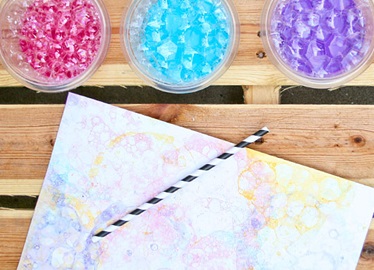

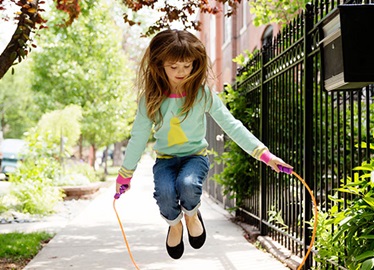
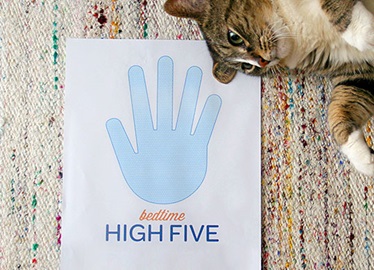
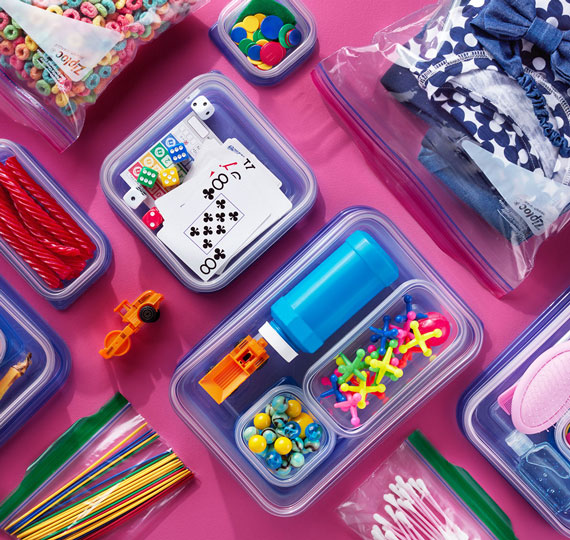
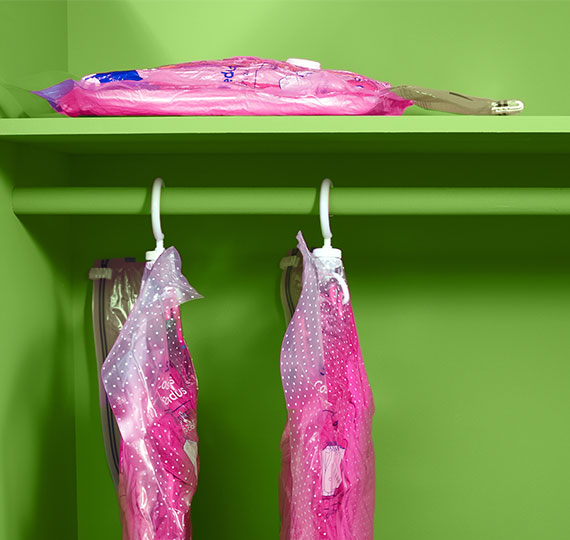
SHARE